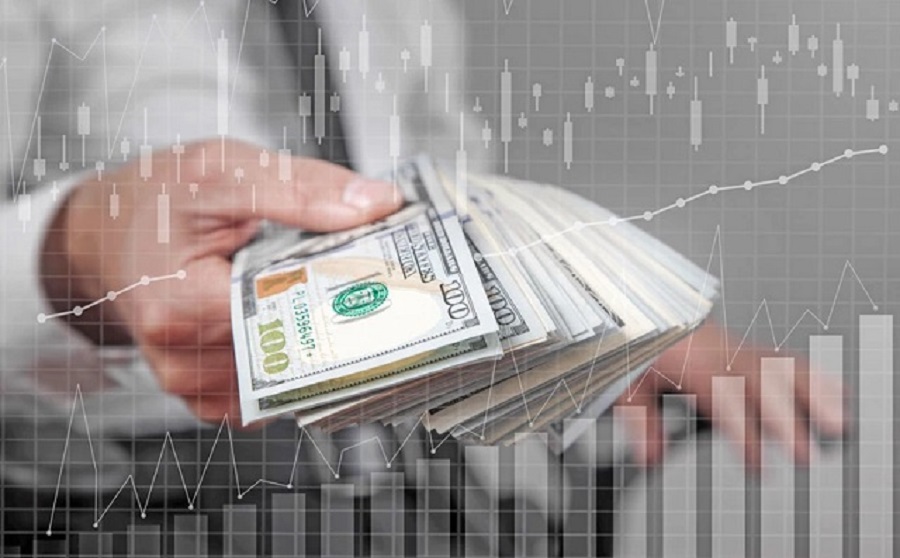What will drive the US dollar in some years to come?
There are two huge forces competing with each other when it comes to the US dollar right now, and its outlook for some years to come.

Many factors are driving the US dollar.
The first force is a very bullish force borne of what’s been called in the past, US ‘exceptionalism.’ This refers to the country’s economic and financial market outperformance relative to its peers. It has sucked capital into the country at a rapid pace and kept the dollar in an uptrend since around 2011, albeit an uptrend that was broken in the first half of this year. The Trump administration is attempting to put this exceptionalism on steroids. For a start, advantage is being taken of the country’s ability to run large and persistent budget deficits in part because the US treasury market is dominant and can attract capital when others that might try the US’s fiscal largesse would probably fail.
Another point here is that the US Administration believes that it has a new and rapidly growing source of finance for government debt, which are stablecoins, something that other countries lack because practically 100% of stablecoins are tied to the US dollar. Trump has goosed the economy with tax cuts—even after allowing for the rise in tariff revenue—at a time when most other major governments face far greater fiscal constraints.
This US exceptionalism is also being uplifted by ‘stealing’ growth from others via tariffs. And not just this, the Trump administration has made a point of forcing other large countries to commit to investment in the US as the quid pro quo for tariff levels that are not quite as high as first suggested by the US administration. Another factor is the US’s leadership in AI; something that may serve to enhance the country’s productivity advantage. History tends to show that those with the lead in productivity have the leading currencies.
Steven Barrow, Head of Standard Bank G10 Strategy, said all of these factors, and more, would seem to make the US dollar the currency to go to. So, what is the other side of the argument—that the US dollar is on a long road of decline, having turned the corner this year? Perhaps strangely, the arguments are largely the same as many of the bullish ones! For while there might be little doubt that US exceptionalism can flourish, it is the means and the consequences of this flourishing that could pull the US dollar down. What do we mean by this?
What we mean is that achieving this exceptionalism now is being done in a far more contentious way. Tariffs are the most obvious example of this, as is the gerrymandering of the Fed that Trump is attempting to have the Fed deliver the low policy rates that will keep debt financing costs down and allow the fiscal largesse to go on.
As for stablecoins, there is undoubtedly a good reason why the US Administration is going to want to be the leader, but there is also unease at the way that crypto championing by the leadership is bringing with it substantial personal wealth. The Administration’s migration policies have been particularly contentious, and here is one area where productivity could worsen because studies suggest that inward migration lifts productivity. Hence, sending workers back can lower productivity. If we turn to AI, there’s little doubt that productivity gains here could more than offset any migration-related weakness, but it is the means of achieving this dominance that is concerning to some, such as the demands being put on electricity generation right now.
Another point is that the AI boom, particularly in equities, could turn to an AI bust, as we saw with the dot.com boom of the 1990s. We’ve already seen this year that such weakness spooks investors into covering their long-US dollar exposure and pulls the greenback down. We could go on and on with these lists of bull and bear factors for the US dollar. But the real question, of course, is which side will be dominant?
“It seems likely that both arguments will have their day in the sun. Sometimes the bearish arguments will win out, and sometimes the bullish ones. In all we think it will mean a more sideways-to-bearish slant to the US dollar than we’ve seen over much of the past decade or more,” said Steven Barrow.








